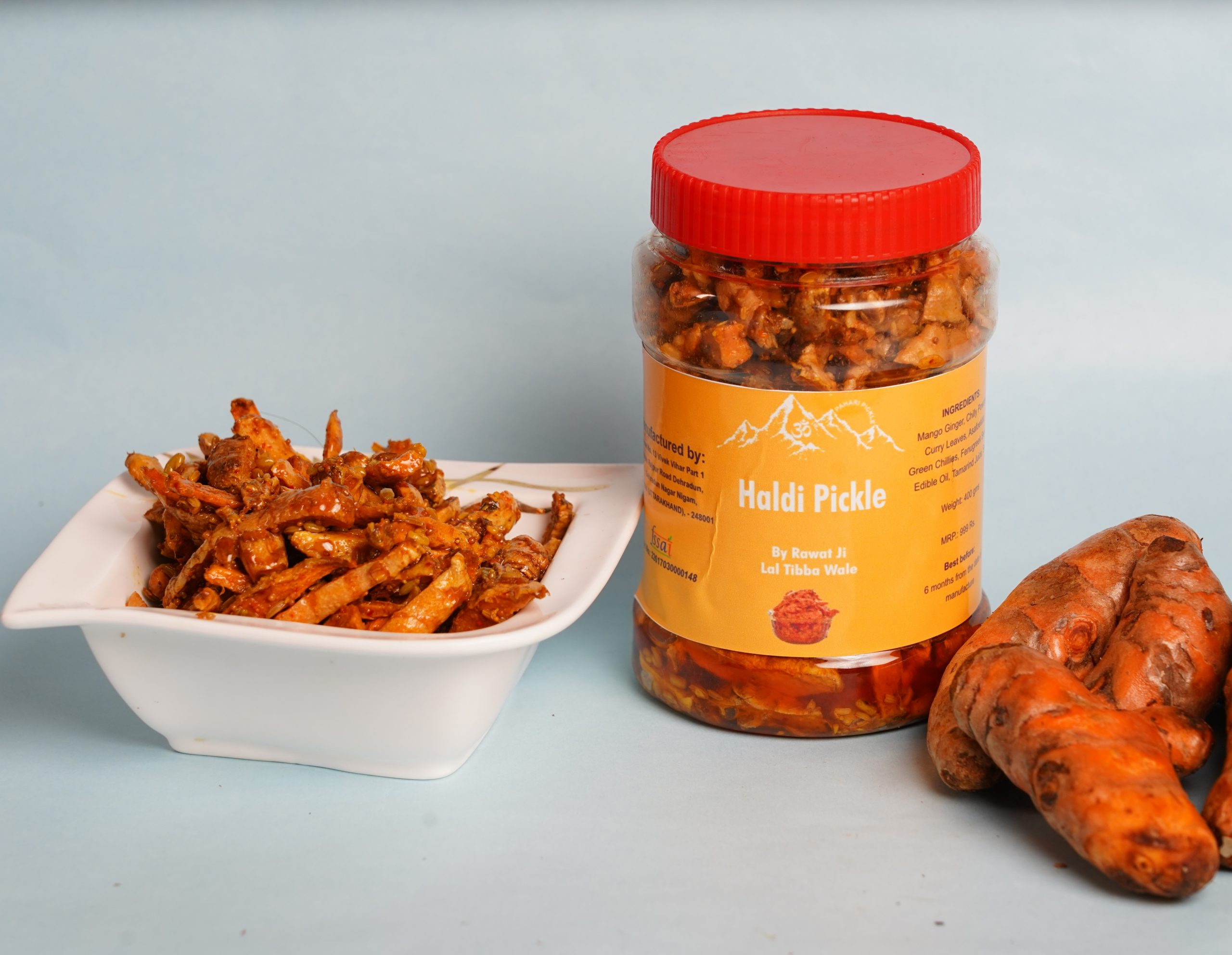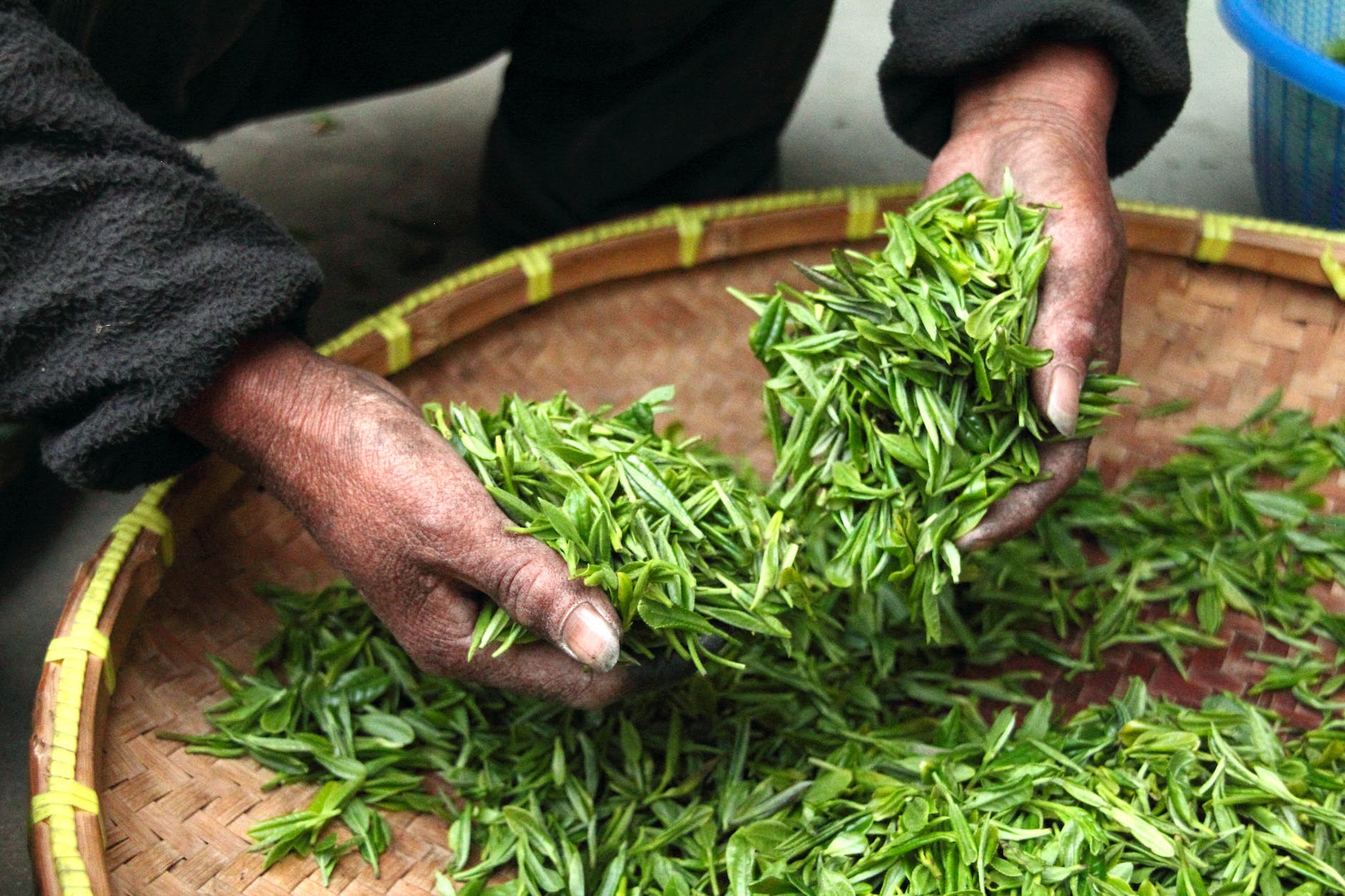
Hello, health enthusiasts! Today, we’re sharing a fantastic video by GunjanShouts that features 5 simple yet tasty Satvik recipes from the Isha Yoga Centre. These recipes are not only delicious but also perfect for those who are on a weight loss journey. Let’s dive in! 🥗🍲
In the video, Gunjan tries out 5 different Satvik recipes that are made using local and seasonal ingredients. These recipes, if incorporated into your daily diet, can help cure many diseases naturally and assist in weight loss. The recipes ensure a balanced meal with the right intake of all nutrients, vitamins, and minerals.
Here’s a sneak peek into the recipes featured in the video:
- Bell Pepper Sabzi with Besan: A flavorful dish made with bell peppers and gram flour (besan). It’s a perfect side dish for your meals. The bell peppers are sautéed until they are soft and then mixed with the besan. The besan gives it a unique texture and flavor that complements the sweetness of the bell peppers.
- Cheela Recipe: A traditional Indian pancake made with gram flour. It’s light, nutritious, and perfect for breakfast or a quick snack. The batter for the cheela is made by mixing gram flour with water and spices. The batter is then spread on a hot pan and cooked until it’s golden brown.
- Dosa: A South Indian staple, dosas are thin, crispy pancakes made from a fermented batter. They’re served with a variety of chutneys and sambar. The batter for dosa is made by soaking rice and lentils, grinding them into a smooth paste, and then fermenting it overnight.
- Khichdi Recipe: A comfort food made with rice and lentils. It’s wholesome, nutritious, and easy to digest. The rice and lentils are cooked together until they are soft. Spices and vegetables are added to enhance the flavor.
- Healthy Food: The video also features a variety of healthy food options that are perfect for a balanced diet. These include fresh fruits and vegetables, whole grains, and lean proteins.
Gunjan also shares her personal experience and learnings through her weight loss journey. She has completed the INFS Nutrition and Fitness course to expand her knowledge on the topic.
If you’re looking for a customized diet plan, Gunjan offers a transformation program called I’MWOW. The program provides counseling, personalized diet plans, follow-along workout videos, recipes, daily positive affirmations, interesting activities, and a lot more. You can enroll in the program here.
Check out the full video here for a detailed walkthrough of the recipes. Don’t forget to subscribe to Gunjan’s channel for more health and fitness tips!
Also, if you’re a foodie like us, consider joining our Facebook community at EatLo. We share recipes, cooking tips, and everything food-related. We’d love to have you! 🍽️💕











